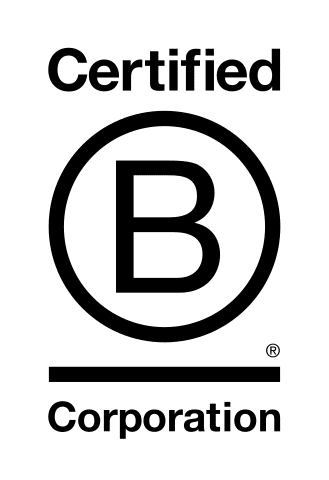Simon Hynes, FBC senior adviser, and portfolio iNED
We constantly hear about price pressure in the fund management industry globally. The most often quoted strategic drivers include competition from passive funds and regulation. The reality is more nuanced, and the complex landscape of distribution creates multiple pressure points, all impacting on the price of retail funds.
Should Independent Non-Executive Directors (INEDs) care? Many will be familiar with some of the reasons, but a more detailed appreciation does help contextualise the pressures felt by the authorised fund management business’ these directors work with.
The Financial Conduct Authority’s (FCA) Assessment of Value (AoV) brings these challenges to a clear focal point. INEDs are clearly in the spotlight here and the regulator can point to the succession of fee cuts across the funds industry to evidence the impact AoV has made.
Funds that have under-performed, in a relative sense, have suffered the greatest pressure. Underwhelming equity returns in most non-US (especially UK equities) markets over recent years have served only to compound the issue. Persistently flat markets of course mean revenue stagnation for fund groups.
However, over the same period there has been relentless additional pressure imposed from the distribution chain. The UK wealth management sector has seen unprecedented levels of M&A activity. This has resulted in fewer fund buyers presiding over a lower number of larger portfolios. Consequently, there has been a shift towards institutional (lower) levels of fund pricing, a greater use of segregated mandates (as opposed to the standard mutual fund) and a concentration of assets towards larger funds. For the vast majority of ‘building block’ or component funds, simply not featuring in such portfolios or buy lists, leads only to famine. Put another way, it’s a big fund management version of musical chairs. Just remaining visible is an expensive burden for fund groups. A big proportion of a fund group’s own ‘marketing’ costs are a misnomer. Website presence, factsheets in multiple languages, product information and registration costs are all essential minimums just to be present. They guarantee no flow. Fund platforms, data vendors, due diligence providers and RFP services have all emerged in recent years. Using these services are, again, essential elements for any fund group wanting to simply be available to be bought by ever more powerful distributors.
Some services still aim to take a bps share of the investment funds’ annual management charge, while others have a fixed fee per fund (or share class) model. The combined effect of these essential ‘plumbing elements’ of the fund distribution chain mean that the fixed costs of funds are higher than ever while the chances of success are perhaps the opposite.
In the UK, Consumer Duty requirements are pushing providers to make evermore information available to all types of customers and to share distribution data, up and down the fund distribution chain. This creates additional revenue line opportunities for many of the above ‘plumbing providers’ but only additional costs for fund groups. When distributors do show interest in a given fund, the larger players are increasingly cognisant of their scale and buying power and have the confidence to demand substantial fee and/or dedicated classes. Each share class comes with additional costs in the form of product, literature, pricing, fees, etc.
While fund groups have broadly welcomed the FCA’s ambitions with the Consumer Duty, there was a hope that the margin pressures suffered over many years would broaden out to impact on other players in the distribution chain, notably platform providers and financial advisers. Recent data from respected research provider NextWealth does bear this out. For the first time in many years, advisor fees look to have peaked and are now falling. According to the Financial Advice business benchmarks study, published in October 2023, ongoing advice fees in 2023 averaged 63.7 bps, down from 68.5 just 2 years ago.
Platform fees have arguably also been under pressure for many years, and the move for some distributors towards vertical integration has put pressure on the traditional insurer owned platforms. Large intermediary clients have refined their platform and service needs and taken lower cost ‘custody plus’ models, rather than the full-service wrap platforms that typically charged c.35 bps when launched in the UK in the early 2000s. NextWealth estimate the average platform cost to a customer in 2023 as 25bps. When viewed from a customer point of view as a total cost of ownership, including funds/portfolio management, platform costs and advice fees, the value to end consumers is undeniably improving NextWealth estimate this cost to be 175bps in 2023, the lowest total since they’ve been asking the question.
Ultimately, lower overall costs for investing customers can only be a good thing. More efficient, data-led distribution should in theory enable better ‘look through’ which itself could enable better governance. Spare a thought though for the beleaguered executive teams next time the AoV debate leads to lower fund fees. Musical chair’s is an expensive game these days.




